GATESAIR Celebrates 100 Years
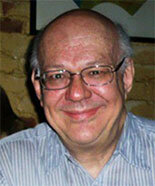
[April 2022] A century ago when broadcasting really began, virtually every piece of gear, from voice input to transmitter was custom made.
Then a few companies started to sprout, basically inventing each piece of gear as they went. One of them, Gates Radio, now GatesAir has reached its 100th anniversary this year – and they are smiling in Quincy and Mason, OH.
Parker Gates was a radio enthusiast. In 1921, at the age of 14, he developed his first radio receiver.
OPEN FOR BUSINESS
His parents, Henry Gates and his wife, Cora B., helped found the Gates Radio and Supply Company at their Quincy, Illinois home in 1922.

Quickly, Gates began designing and building products for broadcasters, including the transcription turntable, the remote amplifier (for live broadcasting outside of a radio studio), and a condenser microphone. GatesAir’s impressive longevity has come largely due to its dedication to the over-the-air broadcaster.
For example, the first Gates AM radio transmitter, the S-101 was produced in 1936.
The 100-A and 250-A (left) came along three or four years later and Gates transmitters became popular, especially for smaller broadcasters, as station numbers grew in the 1940s and 1950s.
Later came consoles and other studio gear.
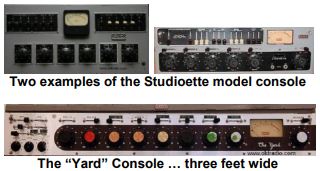
Among the most popular series of consoles was the Gatesway (and Gatesway Dualux), found in many control rooms around the country in the 1950s-1980s, until they were replaced by newer models.
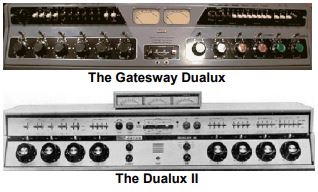
In addition to Radio, Gates also was producing gear for the television stations, as they came on line in the late 1930s.
As the company grew, many more “firsts” were unveiled: introducing a solid-state AM transmitter in 1974, the Mode Anode Pulse transmitter in 1981 which revolutionized UHF operations, as well as the PowerSmart green transmitter line (2009), and the Intraplex LiveLook in 2009, a network analysis and optimization program for Audio over IP (VoIP).
STATION OWNERSHIP
In 1945, Gates applied to the FCC to build what would have become WFAR(AM).
That station was never built, due to a technical challenge from several St. Louis stations. Instead, in 1948, Gates and Quincy Newspapers joined to buy a large share of Quincy Broadcasting, operators of WGEM radio. However, two years later, Gates decided to concentrate on manufacturing and sold his share of Quincy Broadcasting.
After WWII, Gates was looking, like most companies, to expand and reach out to his customers. Accordingly, the first regional office was opened in Houston in December 1952. Soon an office in Los Angeles (3/53) and Atlanta (12/53) followed, along with several others.
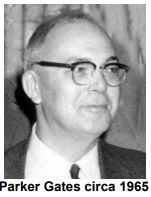
THE POST WAR BOOM
The industry started to change dramatically after WWII, as many Class IV stations raced to implement a power increase to 1 kW daytime. In the late 1940s, Gates Radio built a new factory in Quincy. It served the company into the late 1970s.
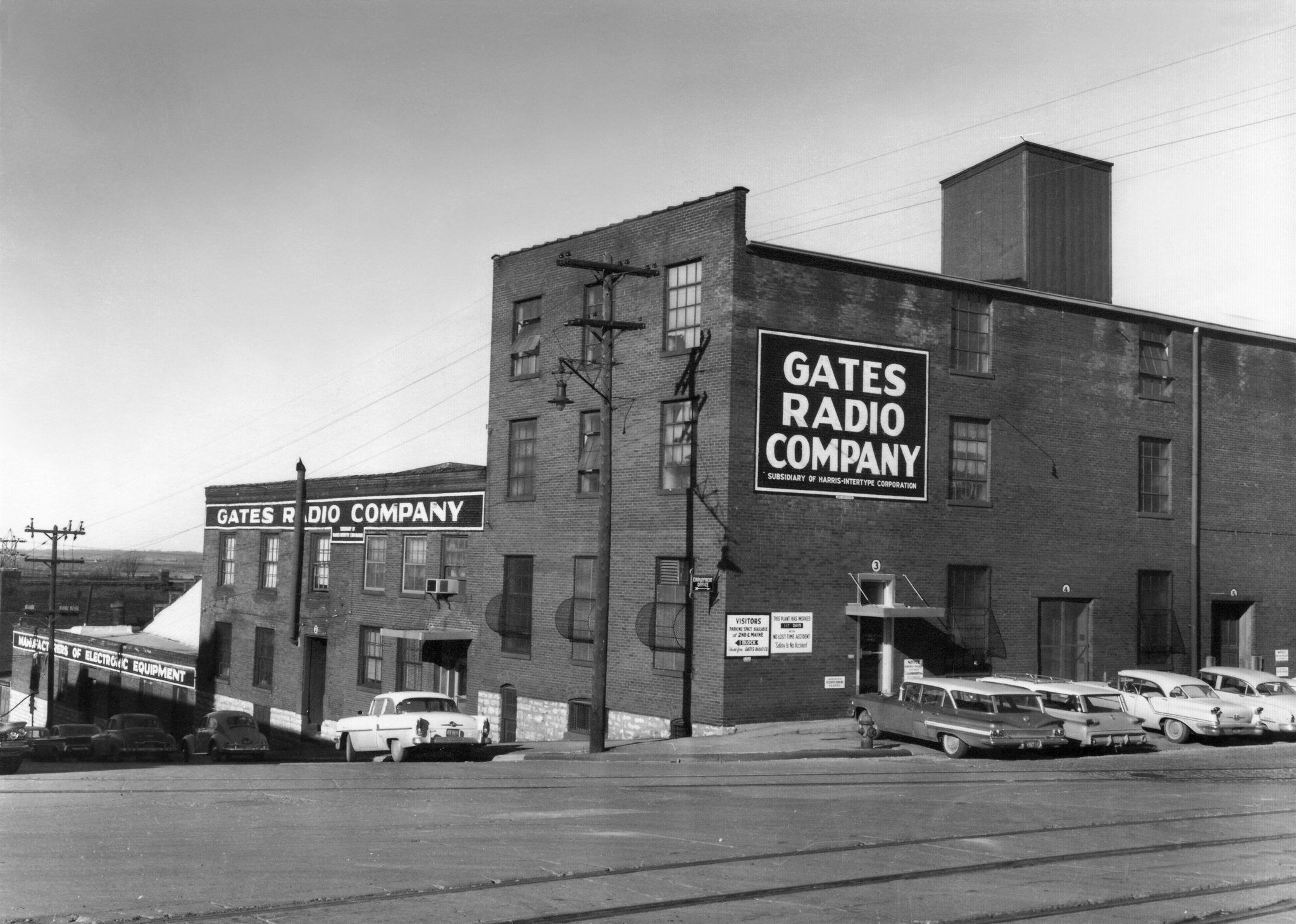
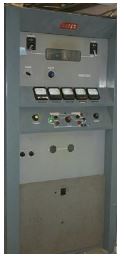
At that time, manufacturers tried to take advantage by developing low cost transmitters specifically to meet the “upgrade” fever. These included the BC-1F, BC-1J (left) and BC-1T were produced by Gates to meet the demand. Many of them were still in use decades later.
As price points were “sensitive,” each company tried to provide the “best value,” and competition drove the pricing down significantly. The term at Gates was “Value Analysis,” led by George Dively.
HARRIS CORPORATION
During the time when “value” manufacturing hit its peak, in 1957, Gates Radio Company was purchased by Harris Intertype Corporation (now Harris Corporation).
Unfortunately, Harris tried to cut costs even further – past the point many thought was reasonable – and the company lost market share for a time. This was not said to be in harmony with Gates’ reputation and eventually he left the company he founded and retired.
In 1975, Harris dropped the “Gates Radio Division” and relabeled all products as “Harris.”
TAKING A LEAD IN TRANSMISSION
As the industry adjusted to the retirements of founders Gates and Art Collins (Collins Radio), Harris began to regain its feet with new technolgoy.
Pulse Duration Modulation (PDM) transmitters, including the solid state MW-1 and single-tubed MW-5 appeared in 1973. The MW-50 quickly became a best seller in the high-powered area, followed by the solid state DX-50 in 1987.
Also, during the 1990s, a new line of solid state transmitters was introduced: the Gates One and Gates Five, honoring the company’s founder.
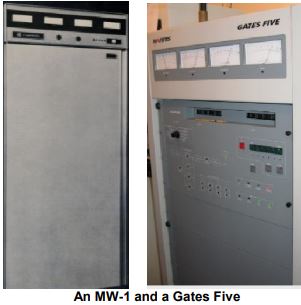
REACHING THE HIGHEST POWERS
Based on the DX-50’s reception, Harris grew the line to 200, 400, 600 and finally 2000 kW (The 2 MW DX-2000) in 1996. Solid state FM took off in 1997 with the Platinum Z, ranging up to 20 kW.
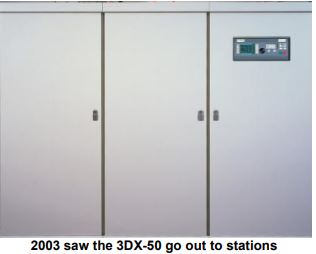
TV was also given attention. Starting in 1988, the first solid state TV (VHF) transmitters were delivered, working up to 240 kW of analog power. UHF transmitters also received upgrades and as the US converted to digital TV, the line grew, eventually reaching the high-powered ULXT 80 ATSC model in 2014.
By 2016. ATSC 3.0 products were introduced for the TV market.
Wireless content delivery was augmented in 1999 when Intraplex was acquired, and GatesAir is still a leading innovator in AoIP (Audio over IP) networking.
HONORING GATES
Gates died on September 16, 1986 at his home in Quincy, IL
In 1992, as Harris Corp. held a 70th anniversary celebration for the Gates division, a street in Quincy was named in honor of Parker Gates.
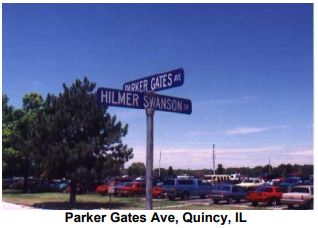
GATESAIR
In 2013, the broadcast part of the company was sold to the Gores Group, changing the name to GatesAir in 2014.
During the following years the new company showed significant growth with the latest digital technologies: LDMOS and liquid-cooled transmitters, new IP audio transport gear, and TV products for the coming Spectrum Repack.
Additionally, the company planned and executed expansion reaching broadcasters all over the world with digital radio and television products.
This year at NAB, GatesAir has several new products and features to show off, including the Maxiva IMTX-70 Intra-Mast, a modular, multi-tenant transmitter solution that can house up to eight low-power TV transmitters in one compact chassis; and Intraplex Ascent, a cloud transport solution that can move broadcast and media content at scale. Building on produicts initially designed for radio, GatesAir will unveil Ascent’s new features for moving large volumes of ATSC 3.0 TV content at this year’s NAB show.
100 YEARS OLD!
GatesAir will spend 2022 celebrating its 100th year in business.
With 100 years under its belt, nnovation continues in the US TV spectrum reallocation, global investment in FM Radio systems, the global digital transitions, and the ongoing development and adoption of new broadcast standards such as ATSC 3.0. Several technical Emmy’s have resulted from this work.
In addition to providing sales and support in the US, as a truly international operation, GatesAir is providing turn-key installations all over the world.
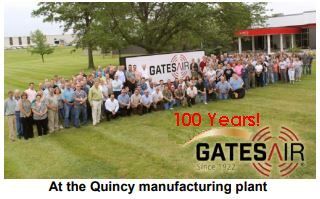
GatesAir has planned 100th Anniversary events during the year.
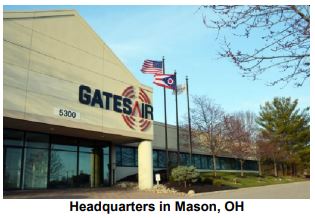
Additionally, there will be a series of special 100th year anniversary receptions at NAB Spring Show.
Late addition: Thomson Broadcast has acquired GatesAir in a transaction expected to close in the second half of 2022.
– – –
You are invited to learn about more of the companies that have made broadcast history, by subscribing to the BDR Newsletter.
We will let you know when more of these are posted. Just click here, please.
– – –

